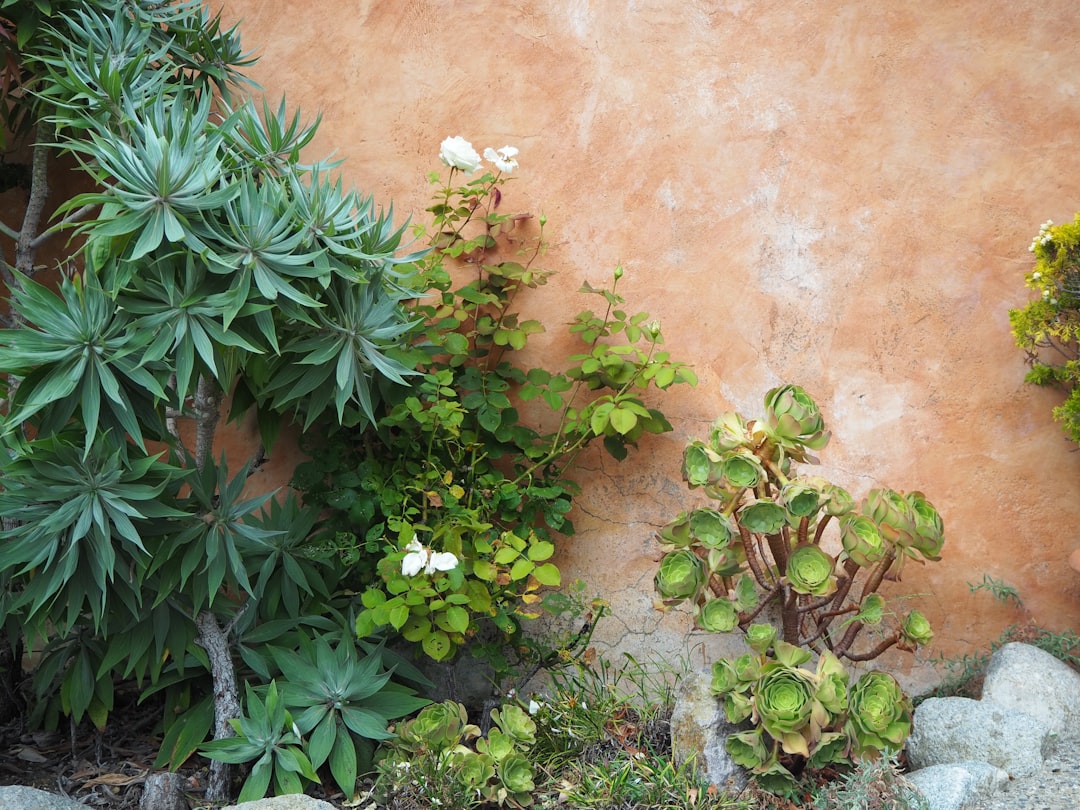The Charms of Bush Honeysuckle in Your Garden

Bush honeysuckle, also known as diervilla, is a remarkable native shrub that brings a plethora of benefits to any garden. Its easy - care nature makes it an ideal choice for both novice and experienced gardeners alike. This shrub is not only a visual delight but also plays a crucial role in the ecosystem.
One of the most captivating features of bush honeysuckle is its cheerful yellow flowers. These blossoms are like little beacons in the garden, attracting a wide variety of pollinators. Bees, butterflies, and other beneficial insects are drawn to the sweet nectar of the yellow flowers. The presence of these pollinators is essential for the health of the garden as they help in the pollination process, enabling other plants to bear fruit and seeds.
In terms of its growth requirements, bush honeysuckle is incredibly adaptable. It can thrive in a range of soil types, from well - drained loamy soils to slightly acidic or alkaline ones. This adaptability means that it can be planted in different parts of the garden without much concern about soil quality. It also has a good tolerance for both sun and partial shade. In full sun, the shrub will produce an abundance of flowers, while in partial shade, it can still grow healthily, albeit with slightly fewer blooms.
When it comes to maintenance, bush honeysuckle is a low - maintenance plant. It doesn't require frequent pruning, although a light pruning in the early spring can help to shape the shrub and encourage new growth. Removing any dead or damaged branches will also keep the plant looking its best. Additionally, it is relatively resistant to pests and diseases, which further reduces the need for chemical treatments.
Another advantage of having bush honeysuckle in the garden is its aesthetic appeal. The bright yellow flowers contrast beautifully with the green foliage, creating a vibrant and inviting look. In the fall, the leaves of the bush honeysuckle often turn shades of red, orange, or yellow, adding a splash of color to the autumn landscape. It can be used as a border plant, a specimen plant, or even in mass plantings to create a stunning visual effect.
For those interested in wildlife gardening, bush honeysuckle is a must - have. As mentioned earlier, it attracts pollinators, but it also provides shelter for small birds and other wildlife. The dense growth of the shrub offers a safe haven for birds to build their nests and seek protection from predators. It is a part of the natural food chain, as the insects that visit the flowers are also a food source for birds and other animals.
When planting bush honeysuckle, it is important to give it enough space to grow. Depending on the variety, it can reach a height and spread of several feet. Dig a hole that is twice as wide as the root ball and just as deep. Place the shrub in the hole, backfill with soil, and water thoroughly. Adding a layer of mulch around the base of the plant will help to retain moisture and suppress weeds.
Overall, bush honeysuckle is a wonderful addition to any garden. Its easy - care nature, beautiful flowers, and ecological benefits make it a valuable plant. Whether you are looking to create a pollinator - friendly garden, add some color to your landscape, or support local wildlife, this native shrub is an excellent choice. With proper care and a little bit of attention, your bush honeysuckle will thrive for many years, bringing joy and beauty to your outdoor space.
So, if you haven't already, consider adding bush honeysuckle to your garden. You'll be rewarded with a plant that is not only easy to care for but also a vital part of a healthy and vibrant ecosystem.